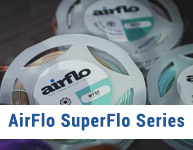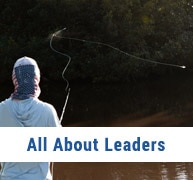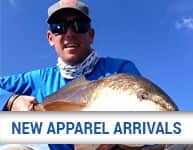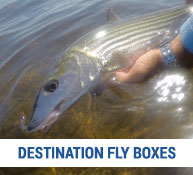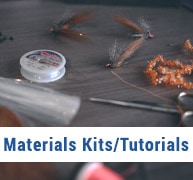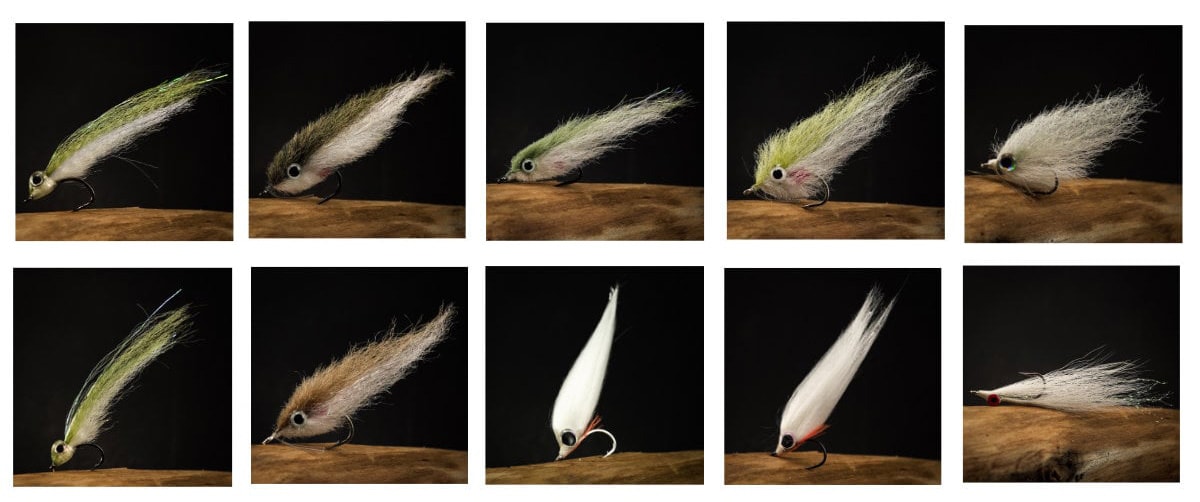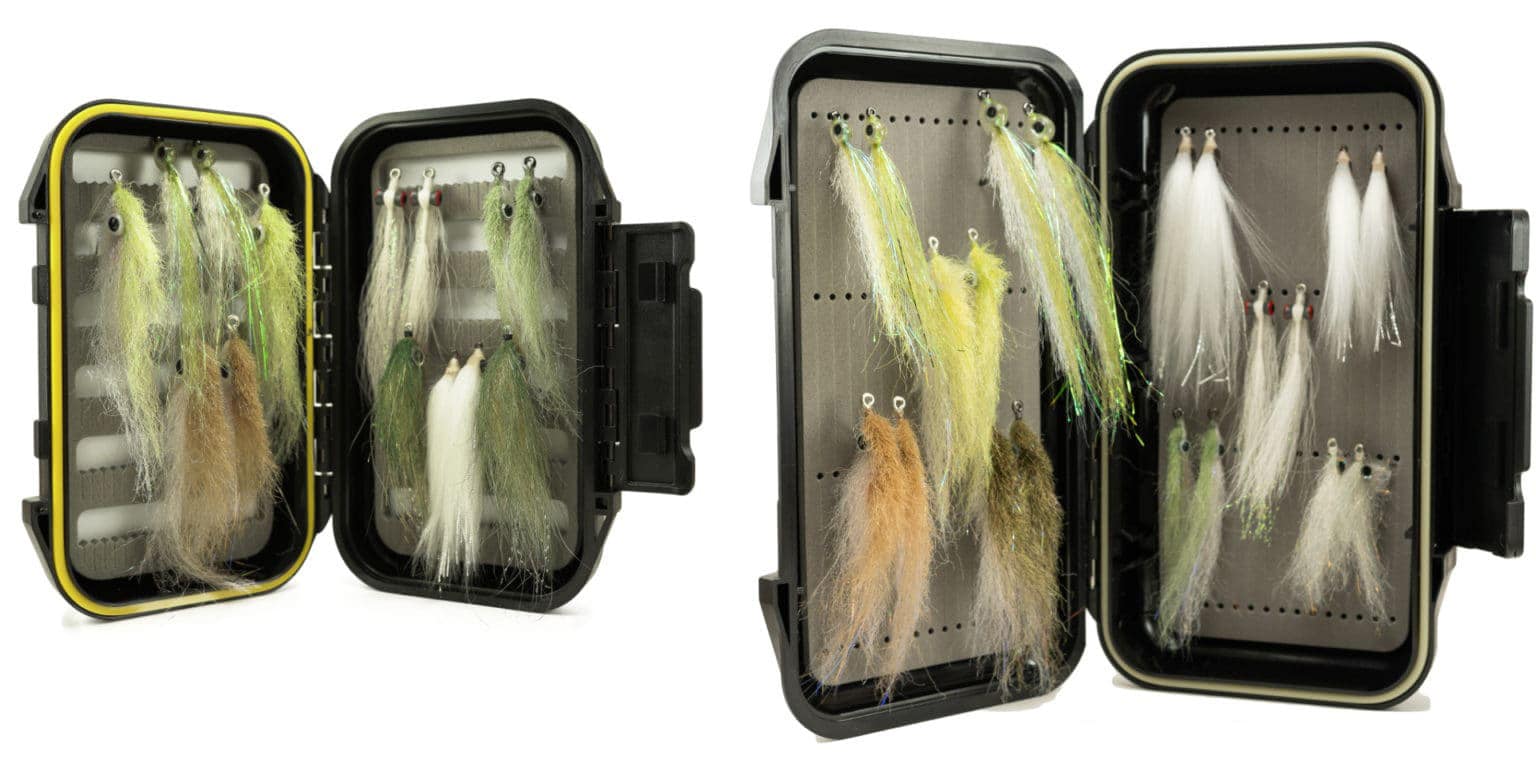Lines In The Surf
When it comes to heart-pumping saltwater fly fishing, the beach snook fishing along the coast of South Florida provides all the action you desire. Every summer the pilchards, glass minnows and sardines school up along the shores of South Florida, setting the table for hordes of snook, tarpon, and jack crevalles to come and enjoy an all-you-can-eat buffet that lasts for a few months. Part of the magic of this kind of fishing is how accessible it is. Anyone can go out, catch a fish and make a great memory. The other alluring aspect of fly fishing the beach is its simplicity. There is something special about white sand beaches, a pocket full of flies and big, hungry fish right at your feet.
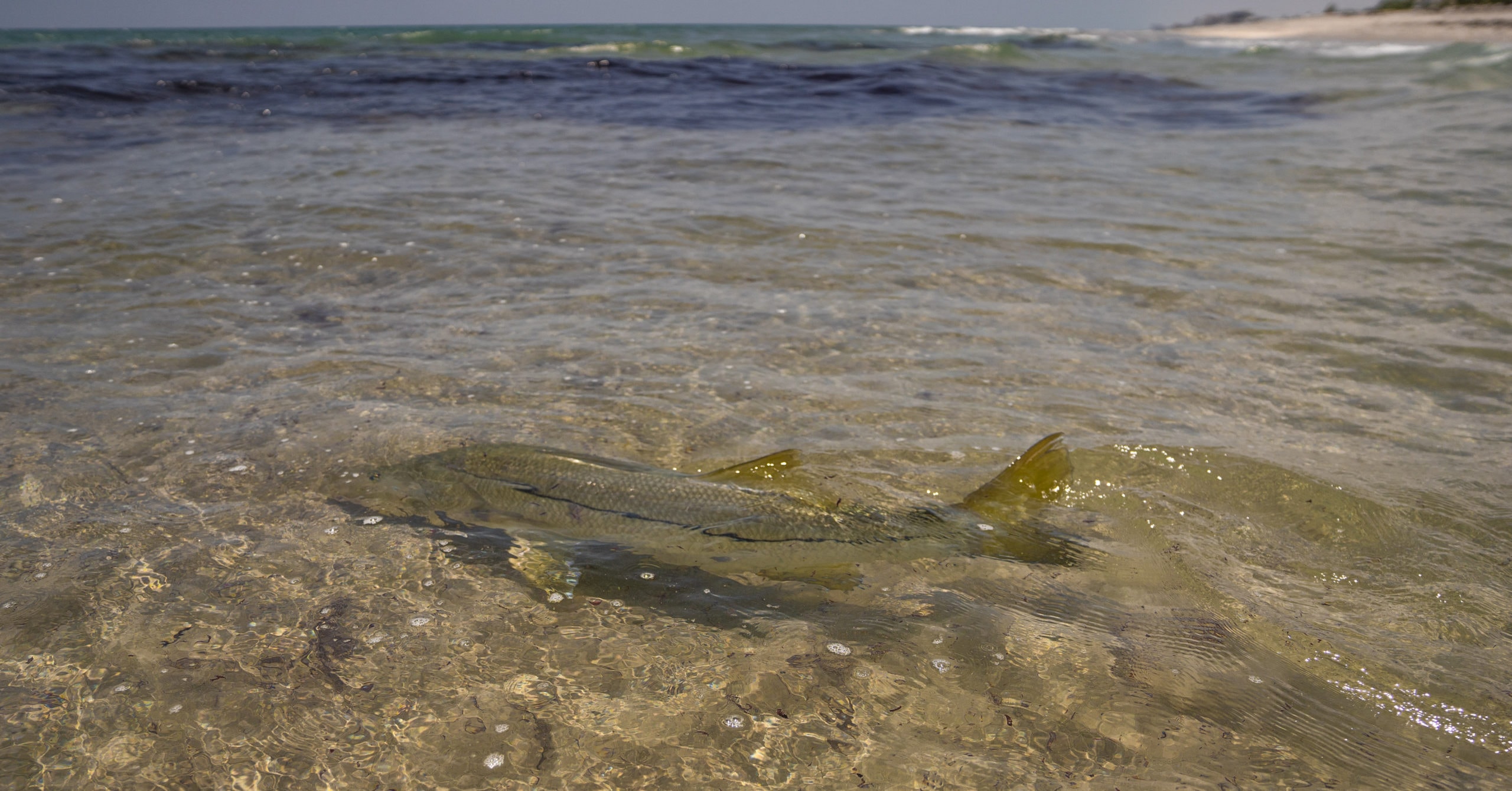
Where To Go?
Find a piece of beach on the east (Jupiter and south of there) or west (Tampa and south of there) coast of Florida. Do a little research in your area regarding where you’re allowed to fish. In Palm Beach County, you’re not allowed to fish between the lifeguard stations while they’re on duty. You can access the private beaches through the public beaches. You’re allowed to fish here as long as you’re below the high tide water line. Early and late summer fishing closer to an inlet or a pass can be an advantage, but throughout the summer the action can be anywhere. Areas with a nice deep trough as well as the deep area between two shallow bars are usually very promising. East vs west coast beach snook fisheries differ slightly. The west coast generally offers a lot more shots at smaller fish. The east coast generally offers less shots, but at larger snook. That’s not to say there’s not small and large fish on both coasts.
Gear
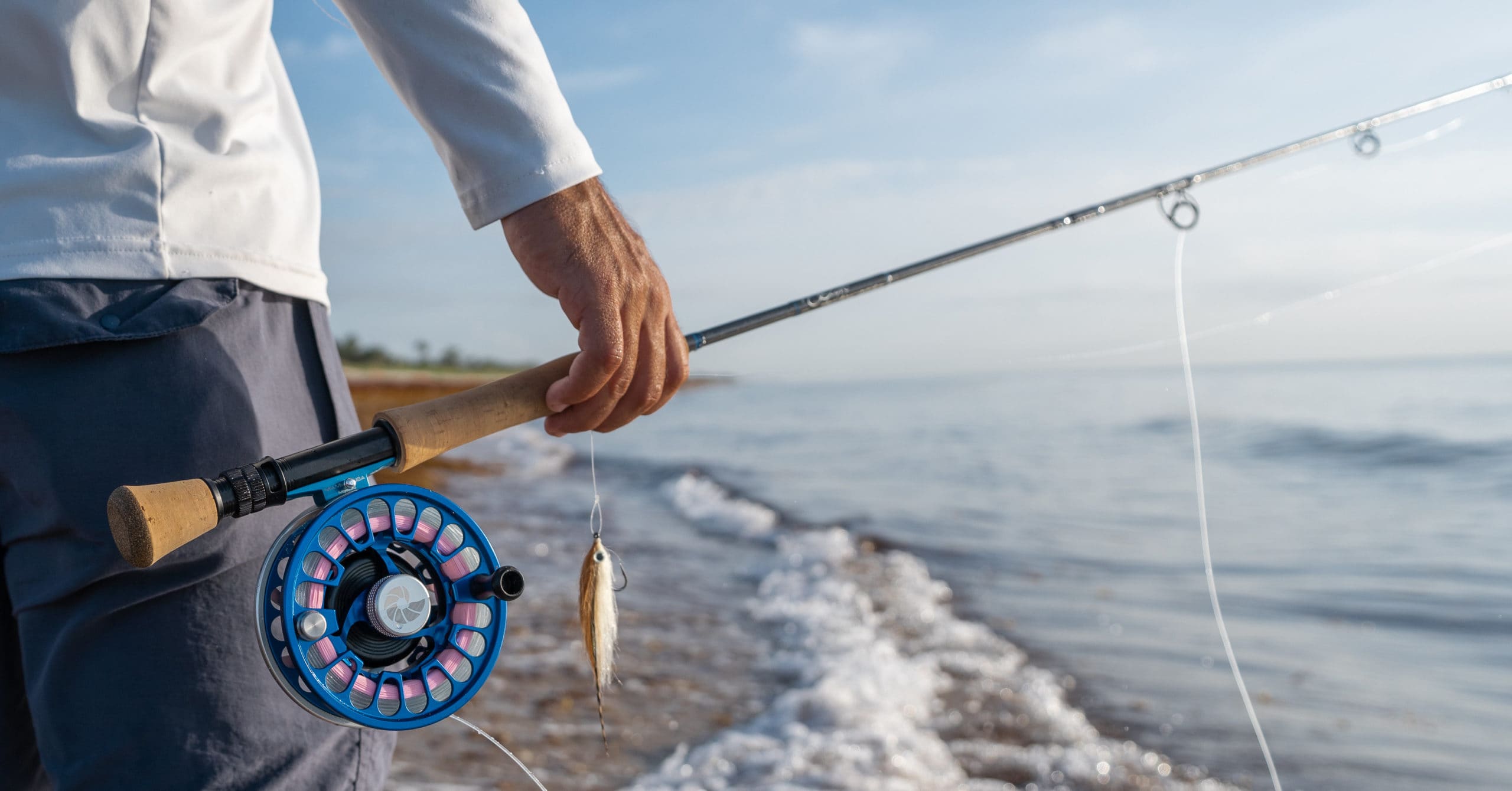
Let’s start with the rods, a fast action 8 or 9 weight outfit is ideal for fly fishing the beach. Both are plenty of rod for the small baitfish flies you’ll throw and can handle any decent sized snook or jack you hook into. When there’s a stronger breeze, the 9 weight will give you an advantage throwing into the wind or when you know there have been larger snook or tarpon around. Your reel of choice should be loaded with a full intermediate line to cut through the wave crests without slack in your connection to the fly. The intermediate line will also get under any seaweed on the surface when stripped with the rod tip pointed down at the water. As for leaders a 9’ 16 or 20lb class leader is standard. In choppier surf you can cut down the leader length to 6 or 7′ to help get the fly down. Attached to that should generally be a 25-30lb fluorocarbon bite tippet. This is very important as snook have extremely sharp gill plates and abrasive mouths that can wear through tippet pretty easily. It’s a good idea to make your bite tippet long enough that you can cut the frayed part off and re-tie your fly after each fish, generally 1-2ft. Other recommended gear includes a small waist or sling pack, polarized sunglasses are a necessity for sightfishing, pliers with cutters and a stripping basket. The stripping basket is a lifesaver when the surf is choppy and when the beach is full of sargassum seaweed. If you like to wear shoes on the beach, the Simms Flyweight wet wading shoe is an excellent option for extra protection against sharp shells or hot sand on either coast.

Flies
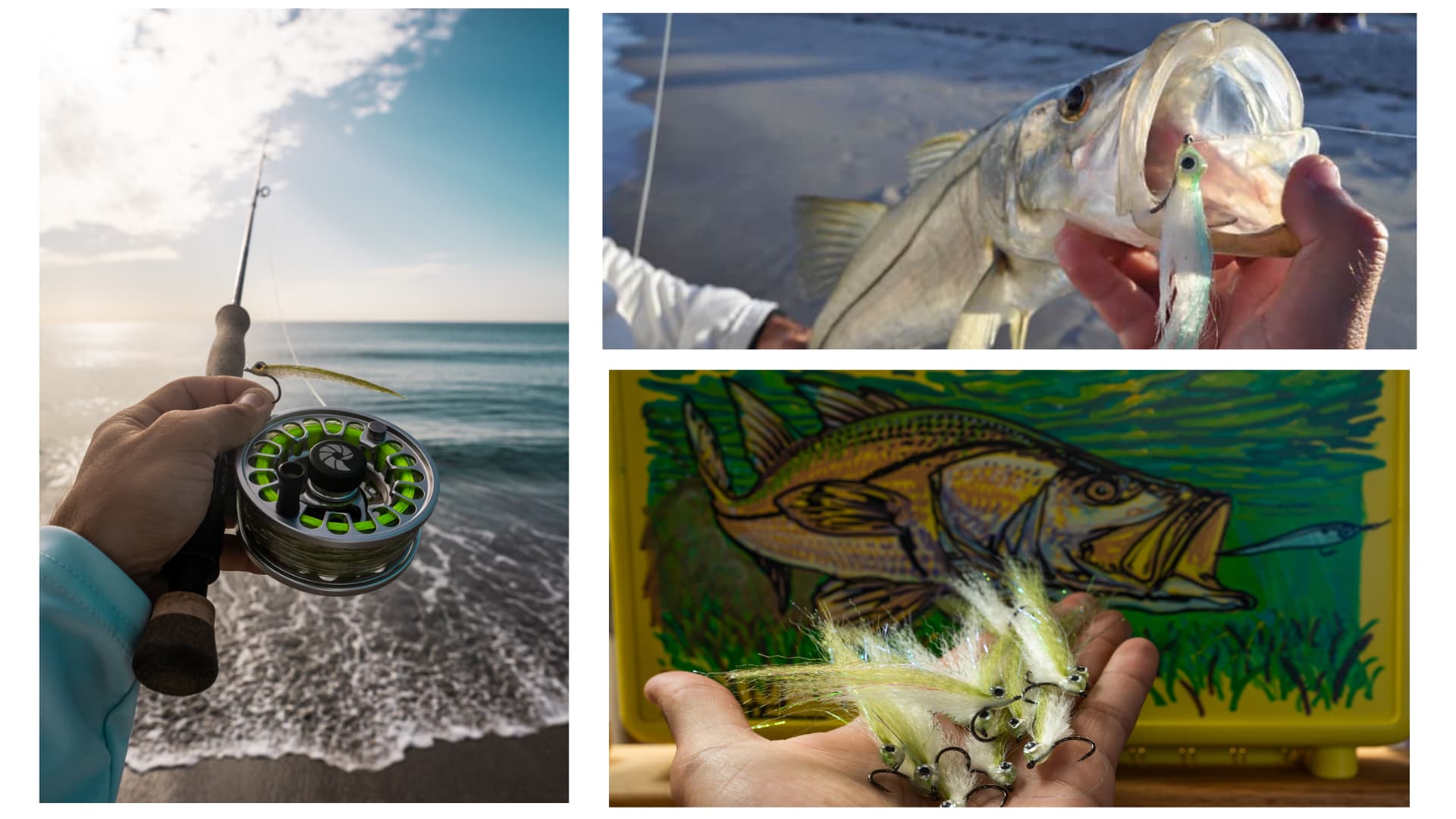
Your fly selection should represent the various baitfish that inhabit the trough during the summer – pilchards, sardines, glass minnows, and croakers. (Snook eat croakers like candy bars.) Mid to late June usually brings the glass minnows and smaller pilchards. Smaller flies can be key this time of year. As we move into and through July, the bigger pilchards and sardines will start moving in in large schools. Baitfish patterns with a green/olive over white or polar such as the Eat Me Fly, EP Pilchard, and EP Perfect Minnows usually work great. Tan or brown over white makes a good croaker imitation. When the sun is high and there’s a ton of baitfish around, the fish you see might be hard to feed. At these times a well-presented small white fly with a lot of movement, such as the Polar Fiber Minnow is just different enough to trigger viscous eat. Look for croakers washing up right in the surf as the waves break. Although croaker patterns work well throughout the summer, seeing a lot of them is definitely an indication to put on an EP Mullet in bronze/white. Check out the Beach Snook Boxes for grab-n-go fly selections.
Pictured above: Eat Me – 1/0 Olive/Polar | EP Finger Mullet – 2/0 | EP Perfect Minnow – #2 Pale Olive/White | EP Pilchard – 2/0 | Umpqua Baitfish – #6 Ghost Green | Eat Me – #4 Olive/Polar | EP Mullet – 2/0 Bronze/White | Polar Fiber Minnow – #2 White | Polar Fiber Minnow – #4 White | Clouser Minnow – #2 White | Beach Snook Box – Sm | Beach Snook Box – Lg
Time And Tide
This fishing really starts getting going as the bait starts showing up in mid to late June. It is common to see more tarpon than snook at this time. Pods of tarpon will be peeling off the large schools migrating further offshore to come in and trap bait close to the beach. When it comes to tarpon on the beach, an eat and a jump is about the best you can ask for and is a thrill of a lifetime. Also look for small snook to be scouting the area and schools of small to midsize jacks cleaning up the leftovers on the falling tide.
Bigger baits move into bigger schools through July, which in turn brings bigger predators in. Look for singles to small groups of larger snook and jacks to be cruising through at this time. As we get into late July and early August the big female snook should be looking to fill up on pilchards before heading out to the passes to spawn. Smaller males will often surround these big cows.
Tidal stage is more important than time of day. Fishing around the high tide – 2 hours before and 2 hours after the peak of the tide – is usually best. This is when the fish can patrol the trough right at your feet looking for the bait that’s already moved closer to shore for safety. Both the incoming and falling sides of the tide can be good for snook. You’ll find more jacks and possibly more tarpon tearing through on the falling tide.
Early morning, mid-day, and evening tides all have their own advantages. Baitfish move into schools at dawn and separate from schools at dusk. This creates chaos resulting in early-morning and late-evening feeding frenzy type situations. Although sight fishing is difficult at these times, blind casting around scattered baitfish flickering on the water as well as birds diving can be quite productive. There may be less obvious activity throughout the day, but the fish will be there and with good sun you’ll be able to get that text book shot we all dream about.
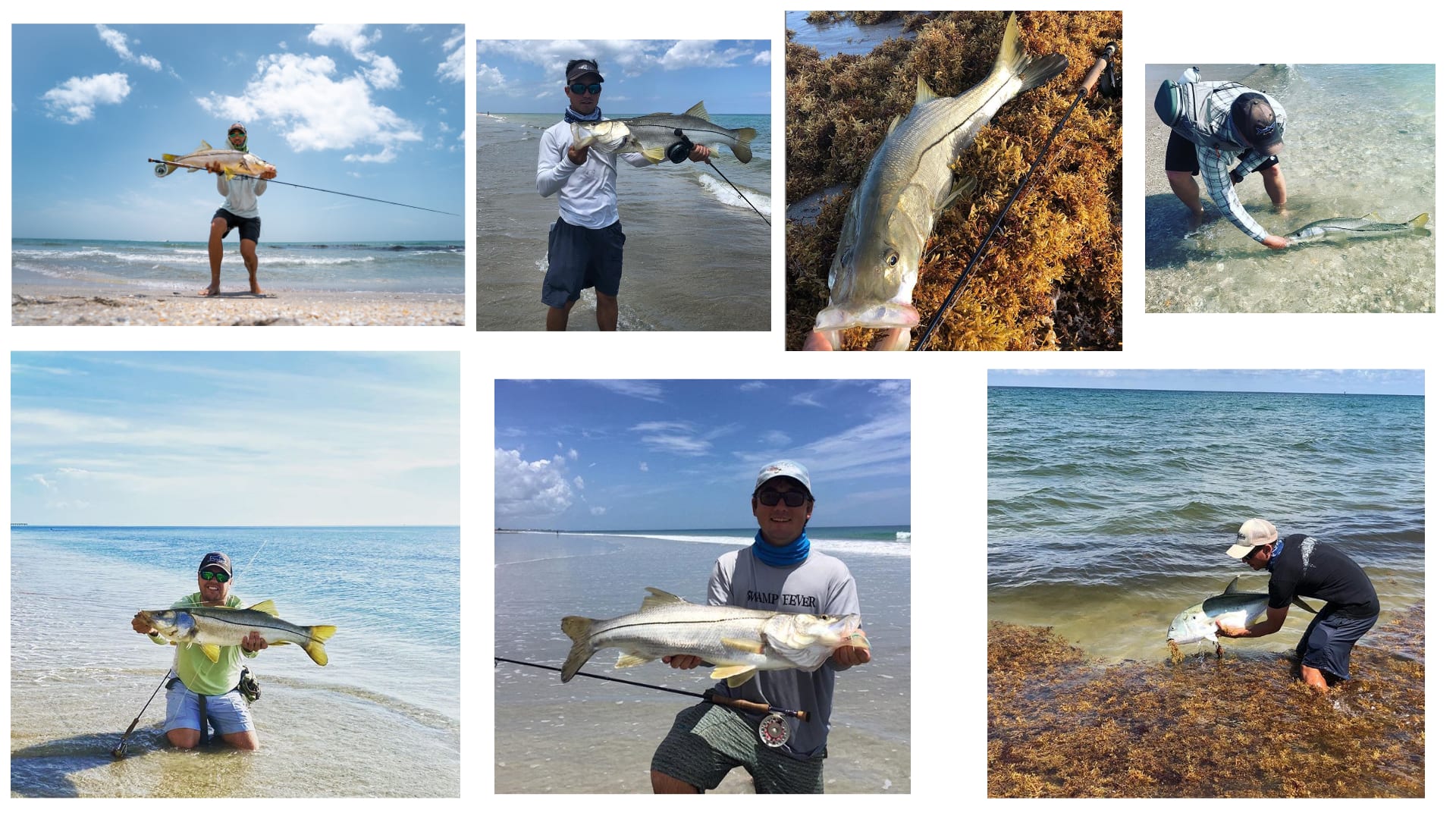
When the light is poor (in the morning or evening) you’re looking for signs of life and throwing your fly in the general area as much as possible until you get slammed. Look for baitfish getting thrown around. When the sun is high and the light is good you’re slowly covering ground with your fly in your hand and your line stripped into your basket. When you see the fish you want to lead it by a couple of feet and strip parallel to the shore keeping the fly in the fish’s strike zone for as long as possible. If you see a fish at a bad angle or too close to do anything with, don’t be afraid to run up ahead of it to line up the shot. When feeding fish seems difficult, you may want to shave your bite tippet down to 20 or 25 lb fluorocarbon and tie that small white fly on.
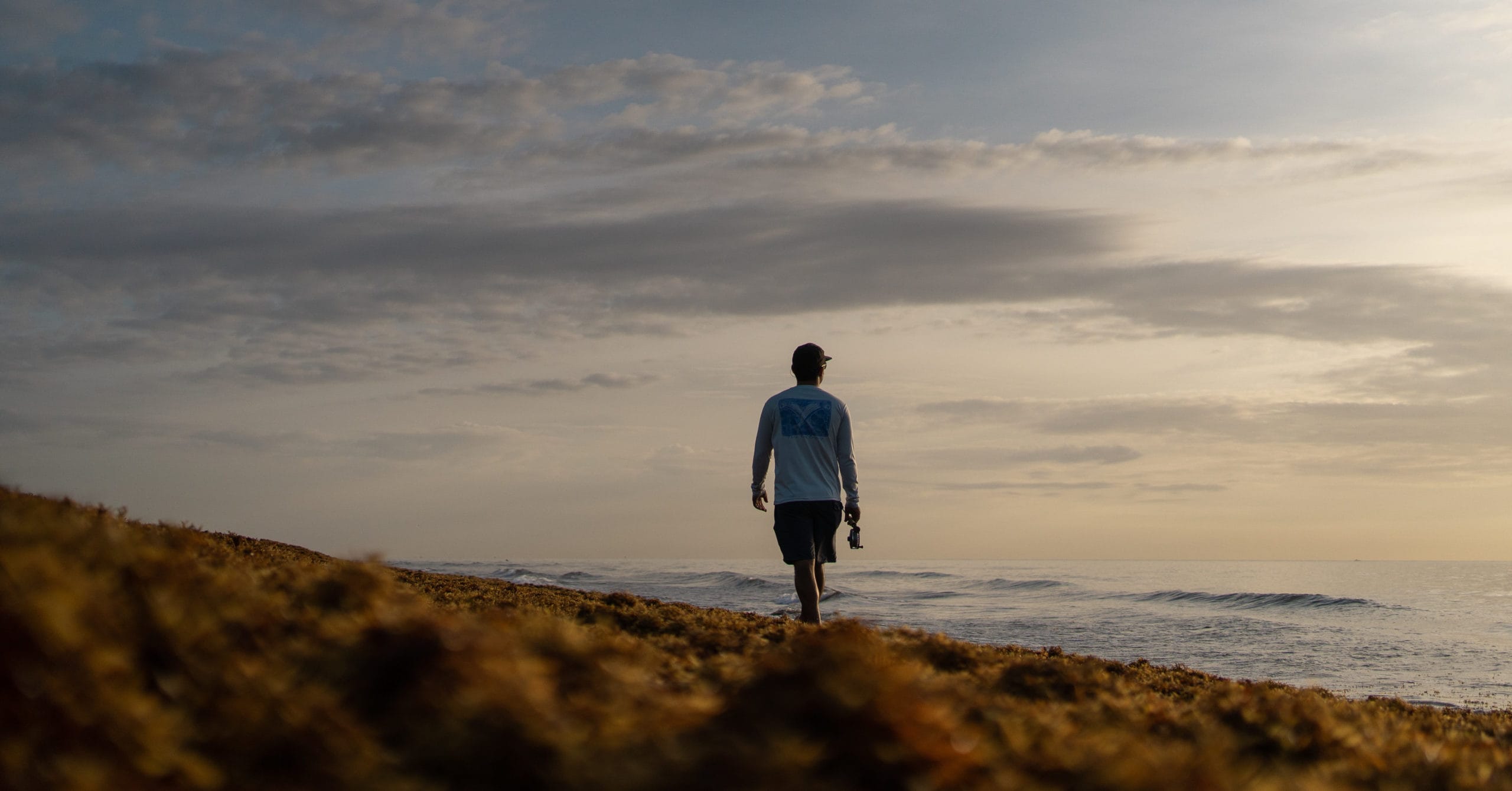
With its easy accessibility, the beach is a great place to get acquainted to saltwater fly fishing. It’s a fun fishery where seasoned anglers welcome beginners and are usually willing to offer a piece of advice or two. So go out there and have some fun, and watch for beach goers if you can’t get a stretch of beach to yourself!

